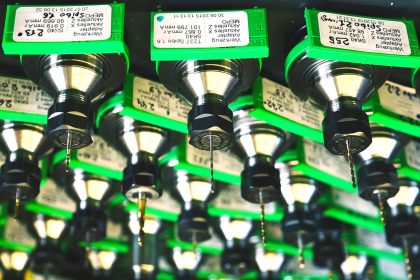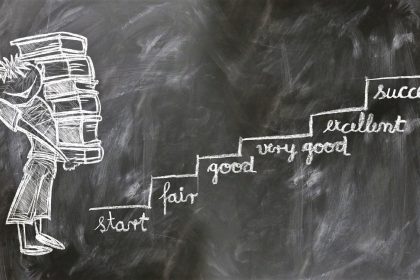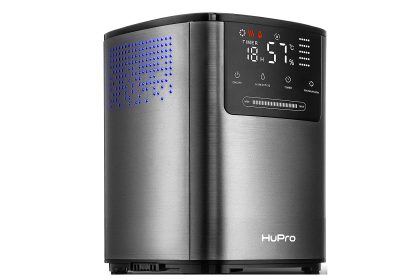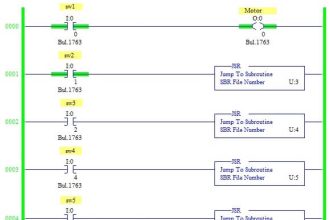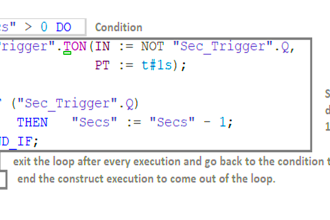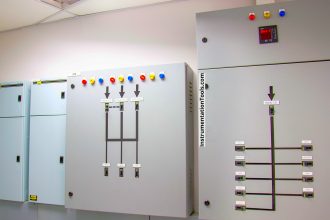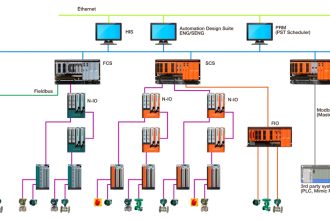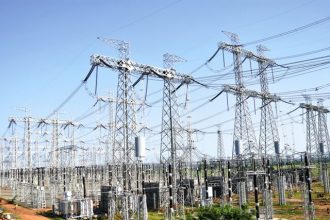This article is about controlling hydraulic motor forward and reverse control application with flow regulation through a directional control valve with simulation. This hydraulic motor was controlled by the movement of a Directional control valve through the solenoid by activating the switches.
Hydraulic Motor Forward and Reverse Control
In this video, you will see the simulation of hydraulic motor forward and reverse direction control.
Components Used:
Hydraulic Motor
It is an actuator that converts hydraulic energy into mechanical energy which is rotational movement. In this, we are using a bidirectional hydraulic motor which has the capability of rotating in both directions.
4/3 Directional Control Valve
A 4/3 directional control valve is used to control the movement of the fluid for controlling the actuators. In this 4/3 directional control valve, 4 denotes the number of ports. The four ports are the Pressure port, the return port and the other two are working ports. 3 denotes the number of positions. In this center position is a block port where we can’t do any operations. Where the other two ports are working ports. These two working ports were moved with the help of an electrically actuated solenoid.
Flow Control valve
The flow control valve is used to control the flow rate of fluid which is used in the hydraulic system for doing the operations. By using this we can control the flow and pressure level. It has an adjusting mechanism, and by this, we can fix the level as per the requirement.
Pressure Relief valve
A pressure relief valve is important in any hydraulic system because it protects the system from the excessive pressure acting on the system. It maintains a fixed level of pressure in the system because of this we can protect the components from damage.
Pressure Gauge
Pressure gauge is a measuring instrument which is used to measure the pressure level in the hydraulic system.
Unidirectional Pump
The function of the Unidirectional pump in the hydraulic system is used to move the fluid from the reservoir or tank the whole system in one direction. There are various types of pumps are available for the system like Gear, Vane, and Piston pumps which are driven by the motor.
Tank/ Reservoir
It is a storage unit where the fluid for the hydraulic is stored. From this tank, only all the fluids were transmitted to all areas of the system with the help of a pump.
Solenoid
A solenoid is an electromechanical device which is used to convert electrical energy into mechanical movement. In our application, the solenoid is used to control the movement of position in the directional control valve for the forward and reverse movement of the Hydraulic Motor.
Hydraulic Circuit Diagram
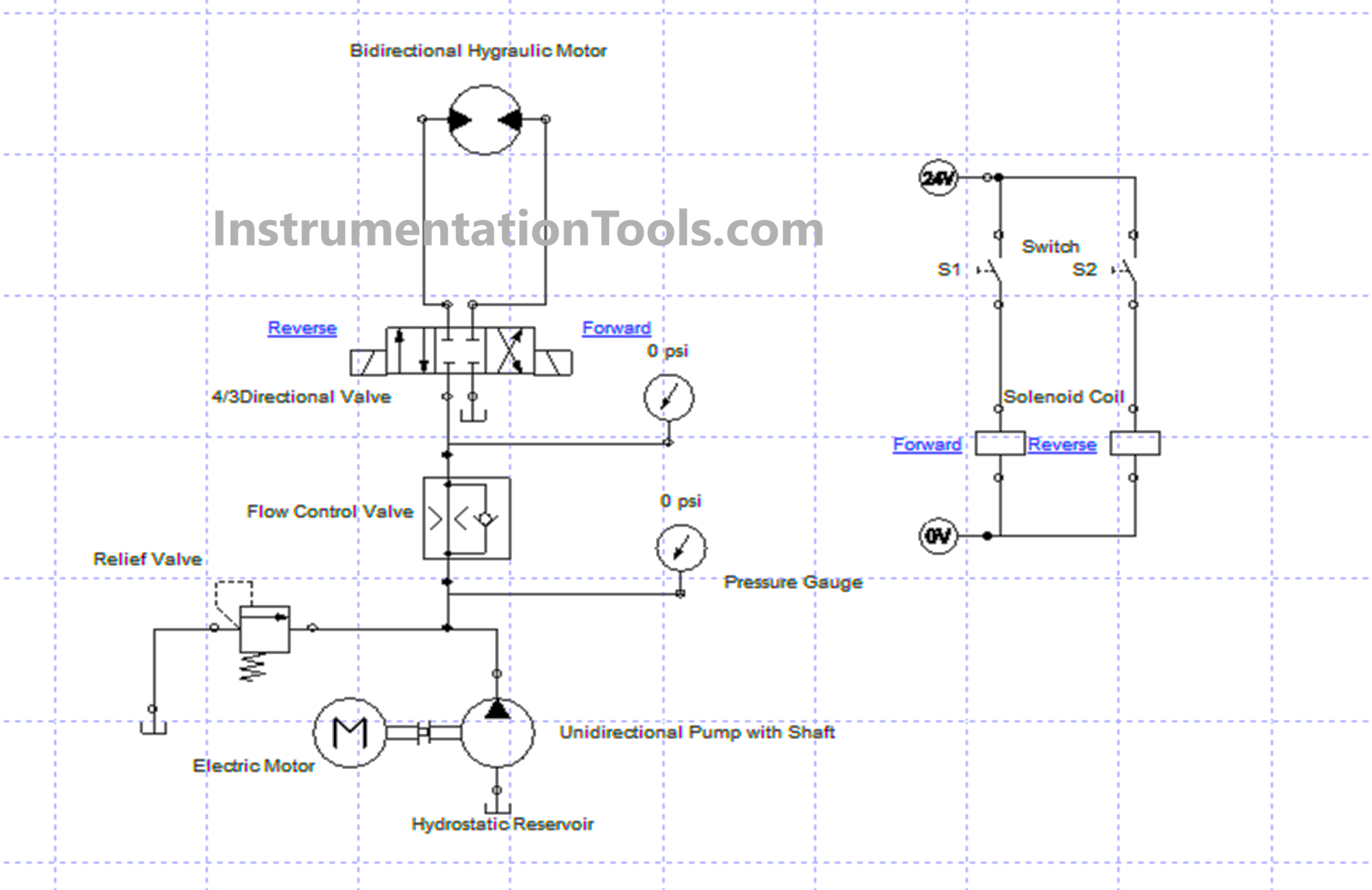
Hydraulic Motor Principle
A 24 V power supply was given for the circuit to control the movement of the solenoid through the actuation of switches. Two switches were used in the system. One for forward and one for reverse.
The motor is used for driving the pump for transferring the fluid to control the system and get the definite output.
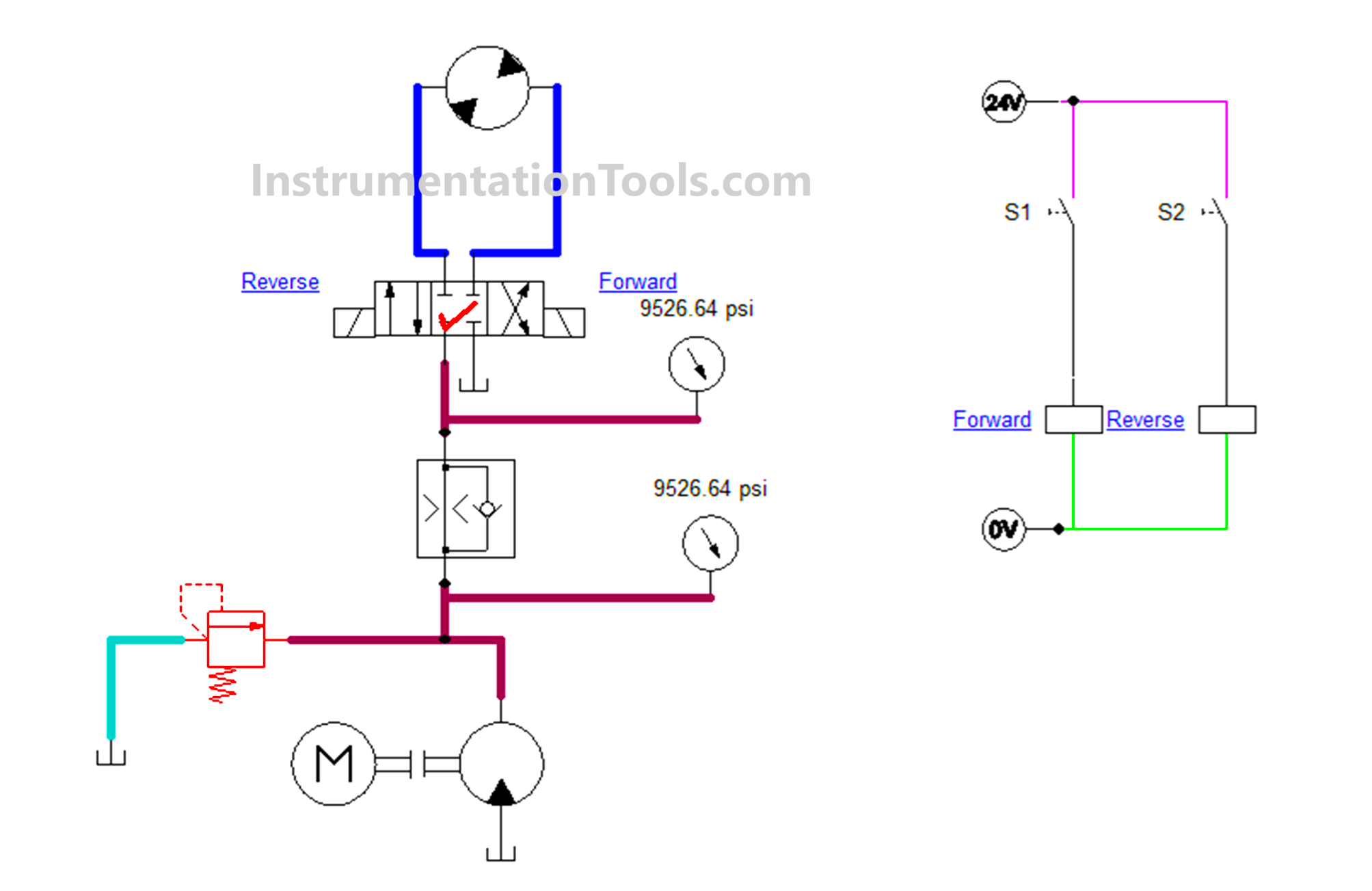
The forward switch was pressed, and the solenoid/relay was actuated which made the forward movement of the motor. The fluid enters the motor through the directional control valve with the movement of forward solenoid actuation.
Initially, the directional control valve was in the center position, in that fluid would not move to the actuators. Since all the ports in the positions were blocked. Then through the operating port fluid enters the motor and some fluid is returned to the reservoir through the exhaust port.
Now the motor was rotating in the forward movement. Simultaneously, pressure relief will be operating with the predefined pressure, if the predefined pressure exceeds, the valve gets relived which makes all the components in the system safe.
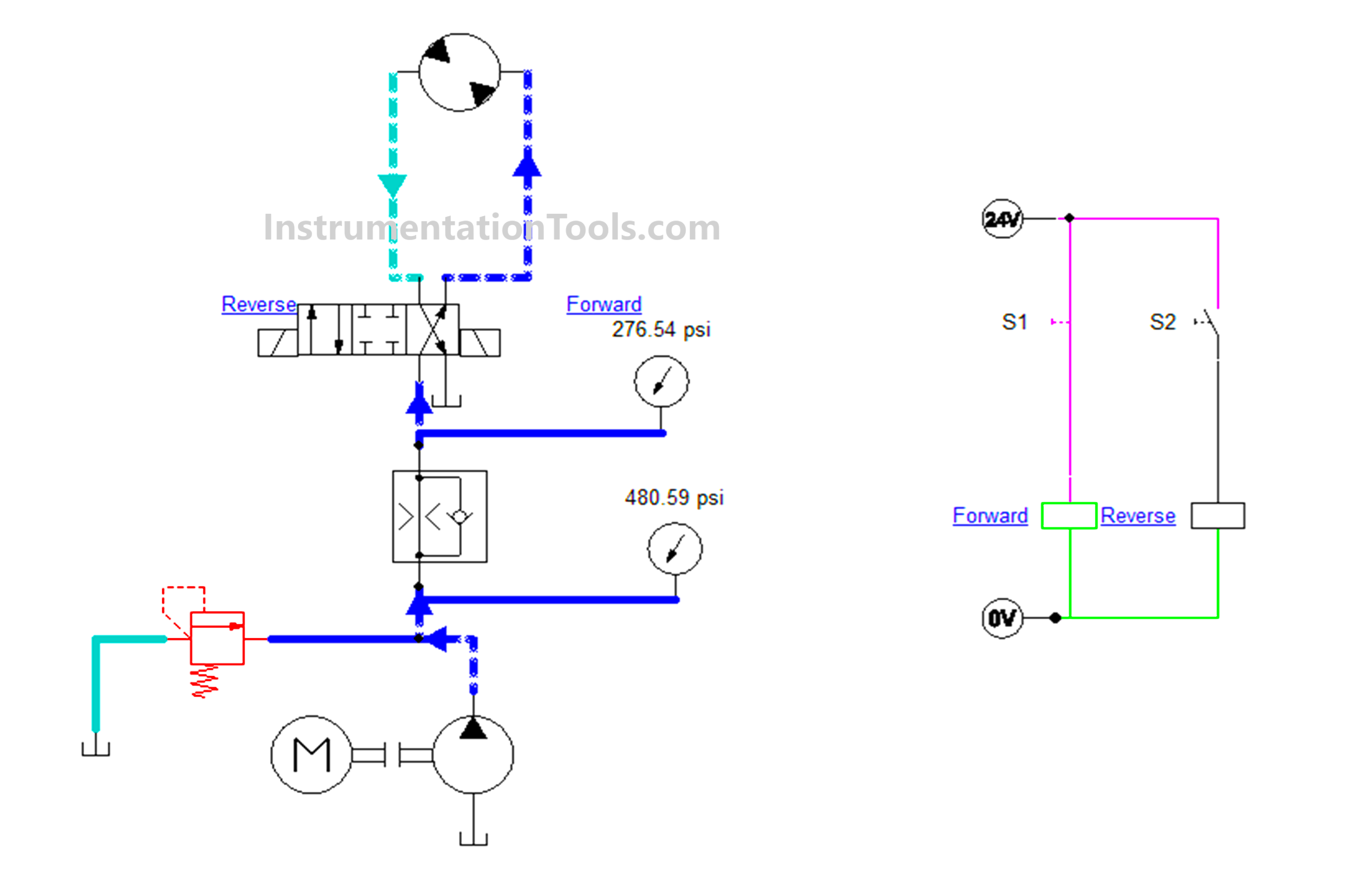
If we want to make the motor rotate in a reverse direction, turn off the switch of Forward motion and press the reverse switch which makes the motor rotate in the reverse direction.
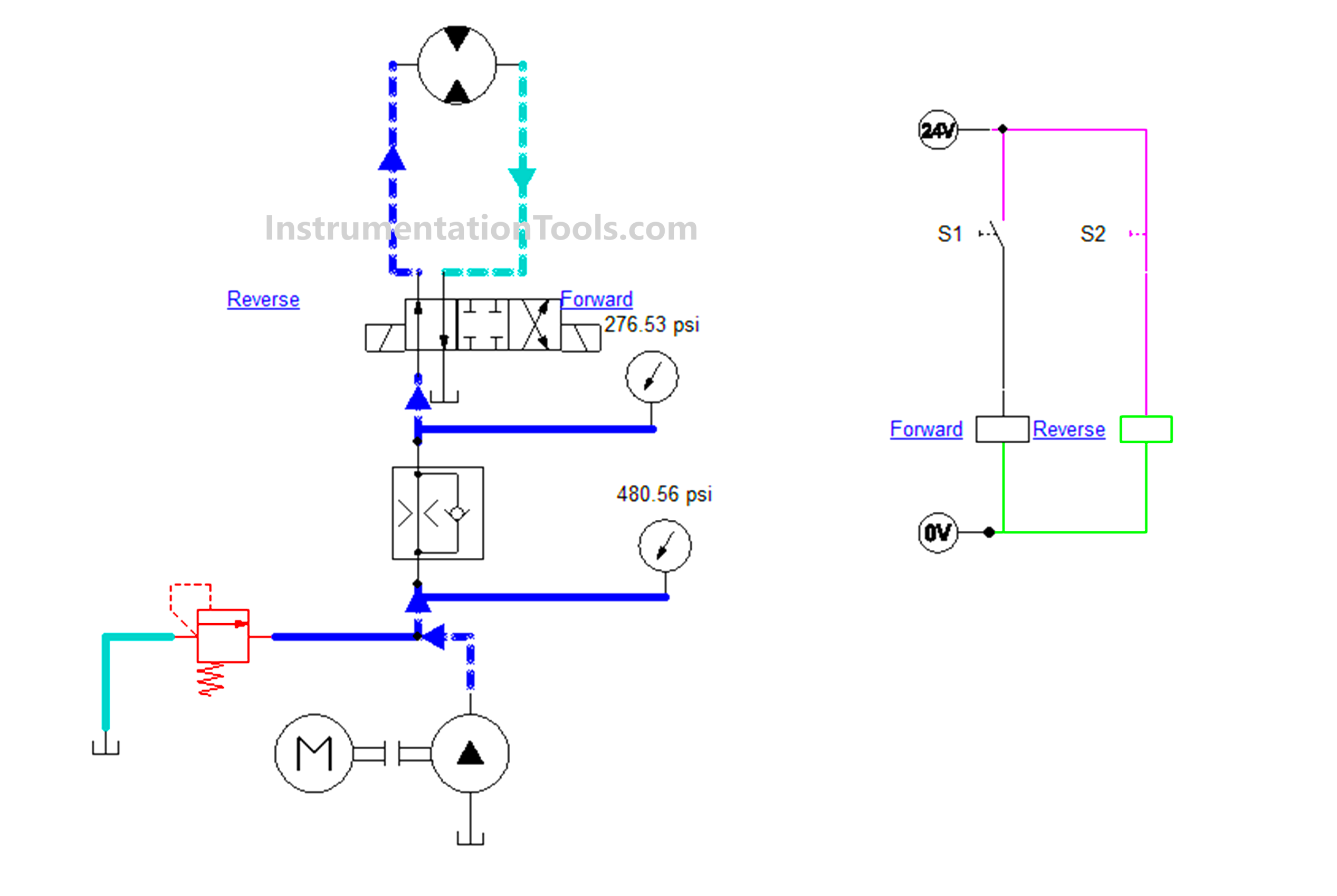
Then we want to reduce the pressure or flow in the system means we can make adjustments in the flow control valve as per requirement. All the pressure flow in the system was monitored or measured through a pressure gauge.
As per the requirement, we can change the direction of the motor by switching through forward and reverse switches.
Because of the high torque, minimum speeds, and precise control, these hydraulic motors are used in various applications in the machinery of industrial, agricultural, and construction areas and also in the applications of automation and robotics. This forward and reverse control of the hydraulic motor was used in the application of material handling and processing of material movement in the conveyor and mixers.
Read Next:


